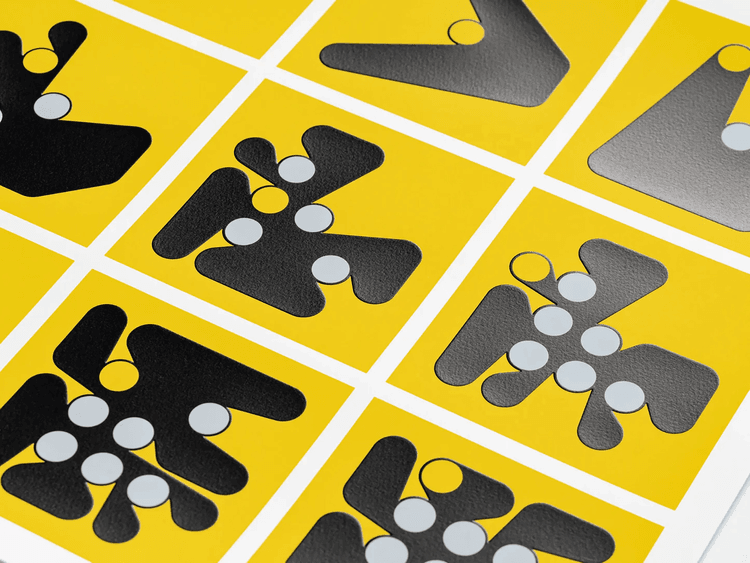
Dmitry Cherniak’s Ringers collection exemplifies the core philosophy of generative art—where the artist does not create individual pieces but instead writes the rules that generate them. Using on-chain algorithms, Cherniak designed a system that determines how a loop of string can wrap around a set of pegs in infinitely varied ways. This approach shifts the role of the artist from a traditional creator to a system architect, crafting the parameters within which art emerges. By relinquishing control over the final outputs, Cherniak embraces serendipity and computational beauty, allowing the algorithm itself to dictate the nuances of each piece.

Despite its digital origins, Ringers evokes a tactile, almost handcrafted aesthetic, mirroring the simple mechanics of string wrapped around pegs. The collection plays with the concept of constraint—a core principle in generative art—where a fixed set of rules creates an expansive visual landscape of form and variation. Some Ringers appear chaotic and entangled, while others are elegantly minimal, showcasing how small changes in initial conditions can lead to wildly different results. This controlled randomness reflects a deeper artistic inquiry: how much structure is necessary before art emerges, and how much freedom before chaos takes over?

Ringers has transcended the NFT space to become a benchmark for generative art on the blockchain, likened to the works of Sol LeWitt and other conceptual artists who use rule-based creation. Unlike traditional artworks, each Ringer is born entirely on-chain, meaning its visual form is stored and recreated by code rather than an external image file. This not only ensures the art’s permanence but also reinforces Cherniak’s philosophy that the algorithm is the art itself. The staggering $7M sale of Ringers #109 cemented its place in digital art history, proving that code-driven aesthetics can command the same reverence as traditional masterpieces.

